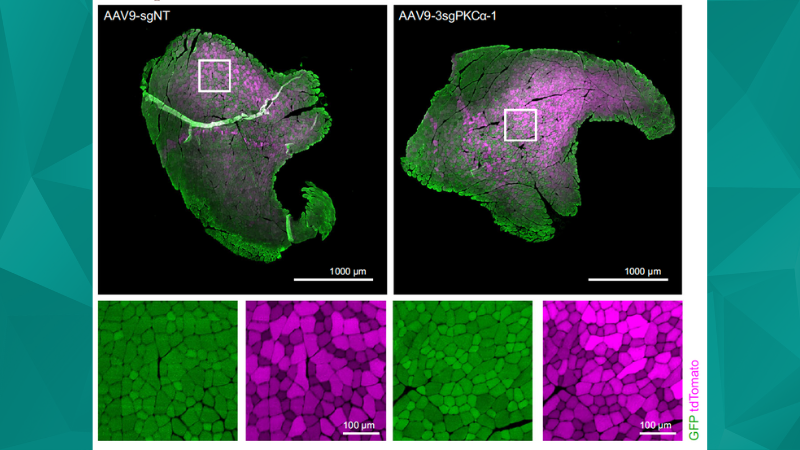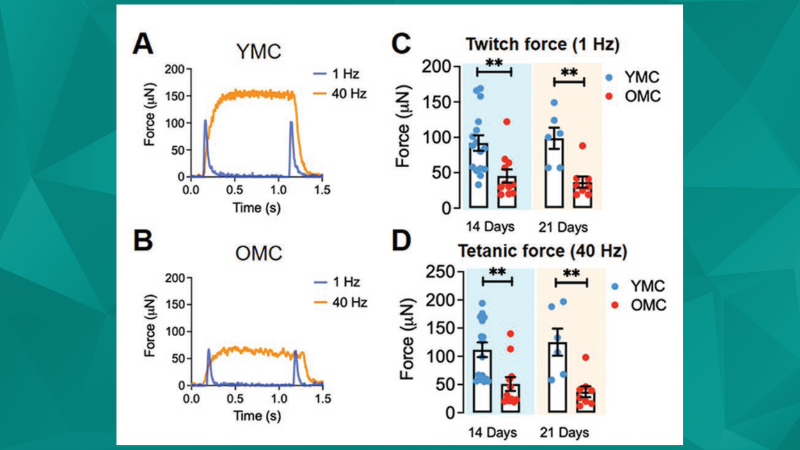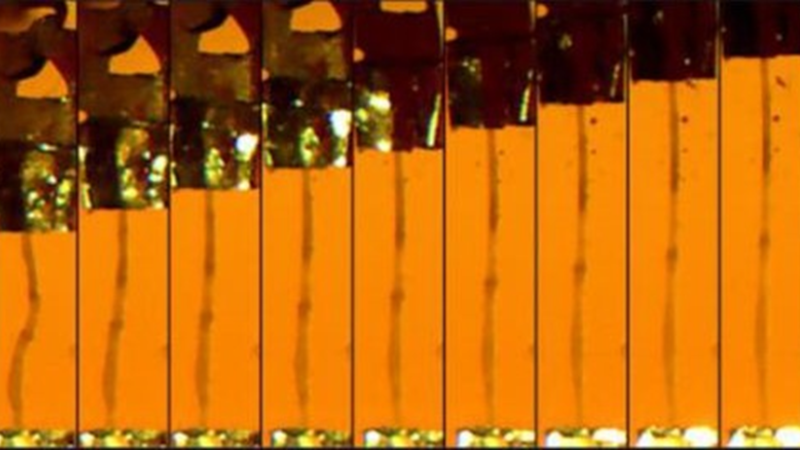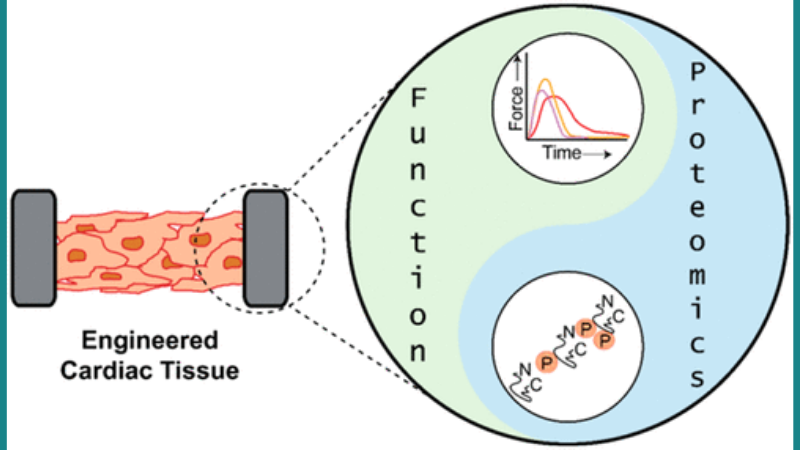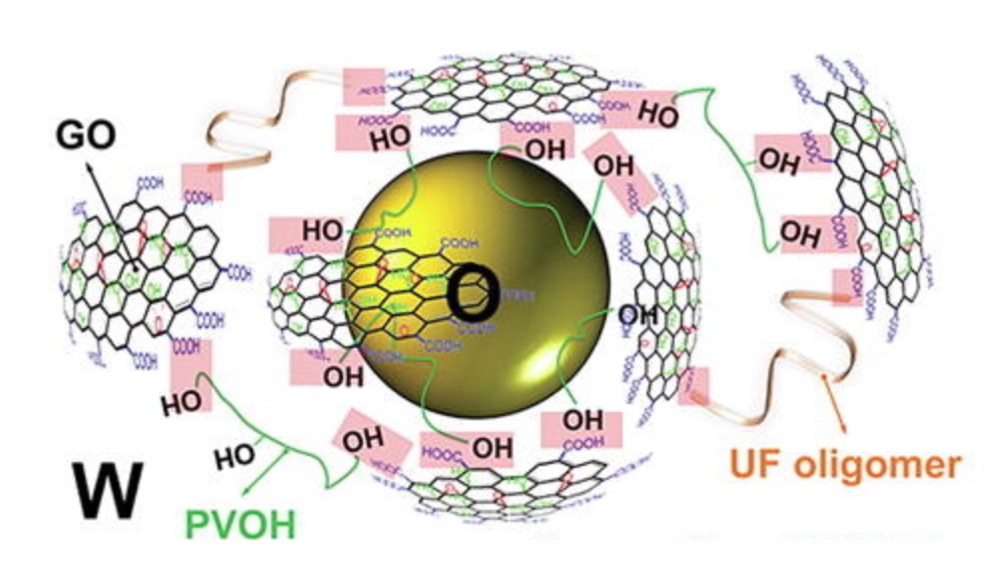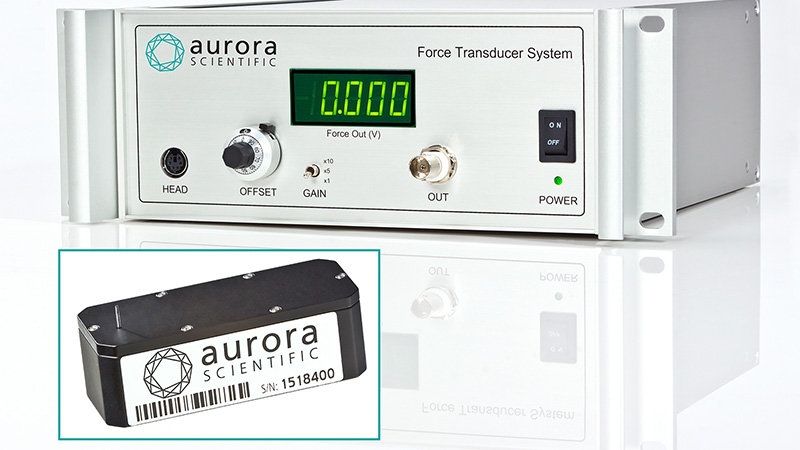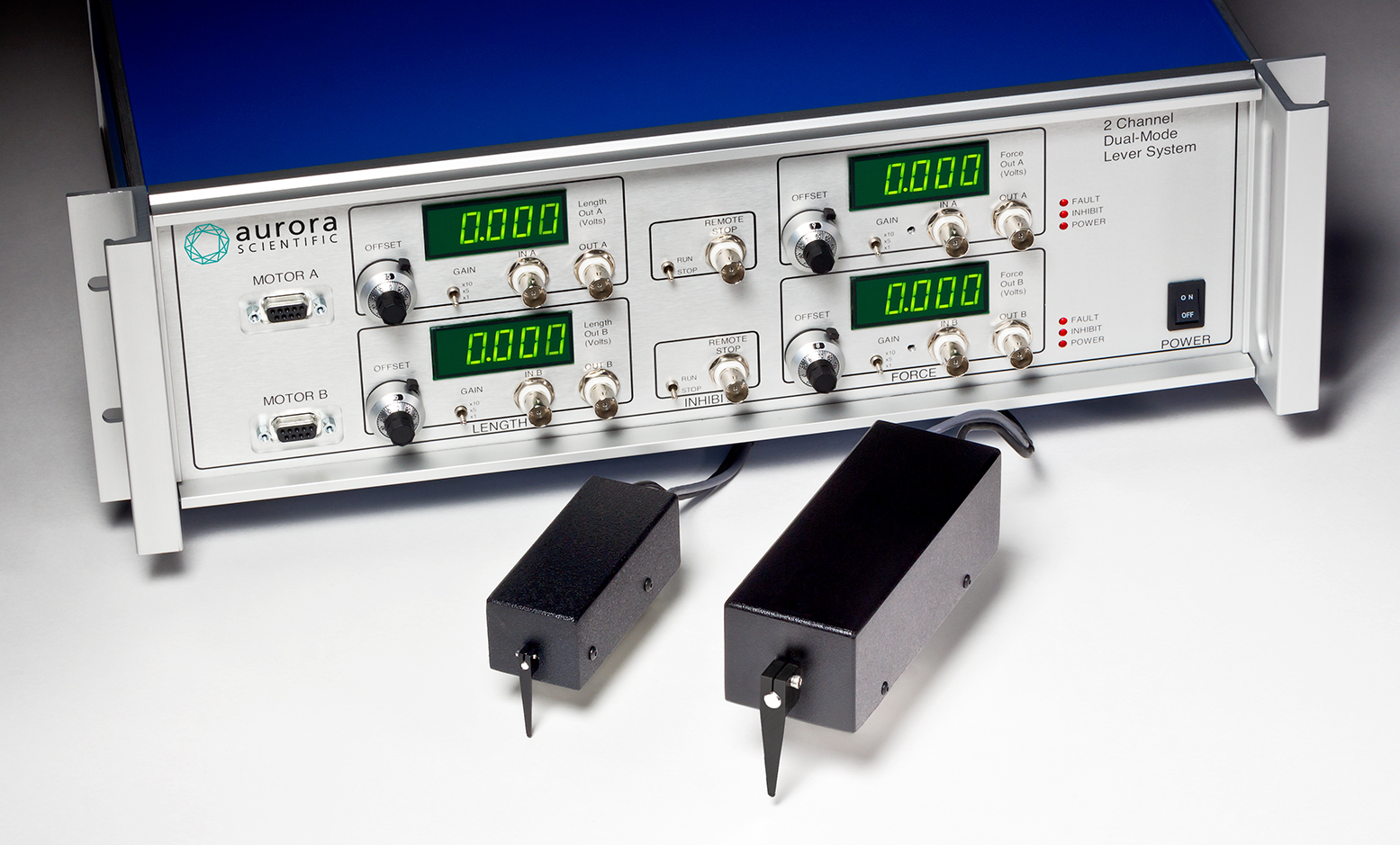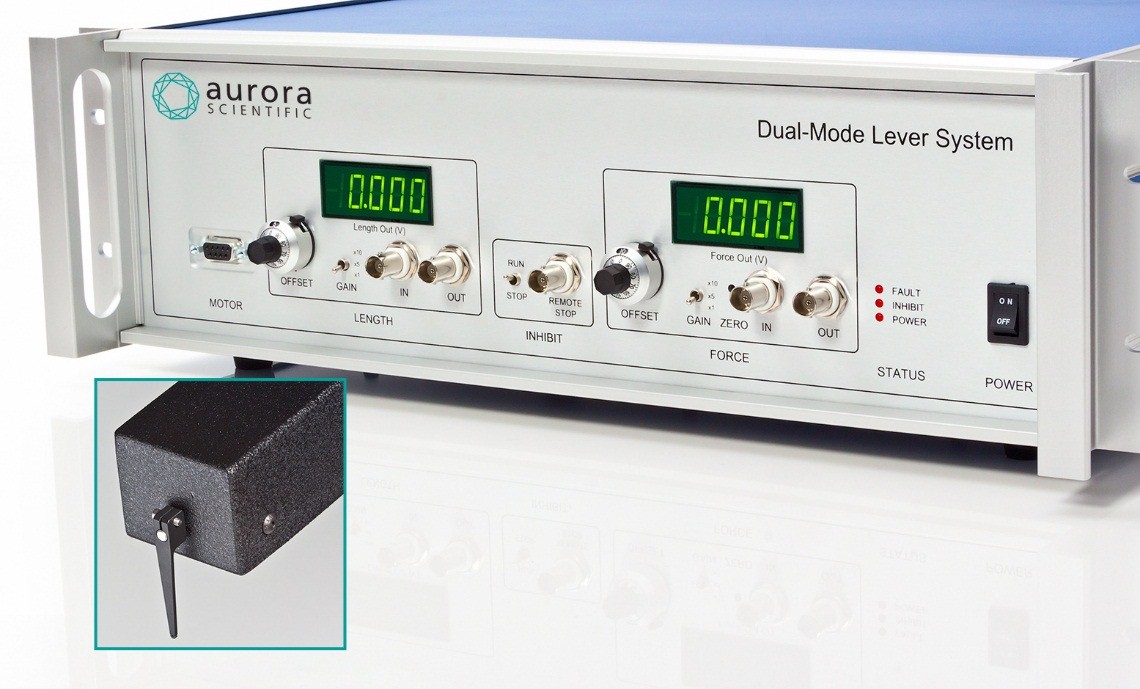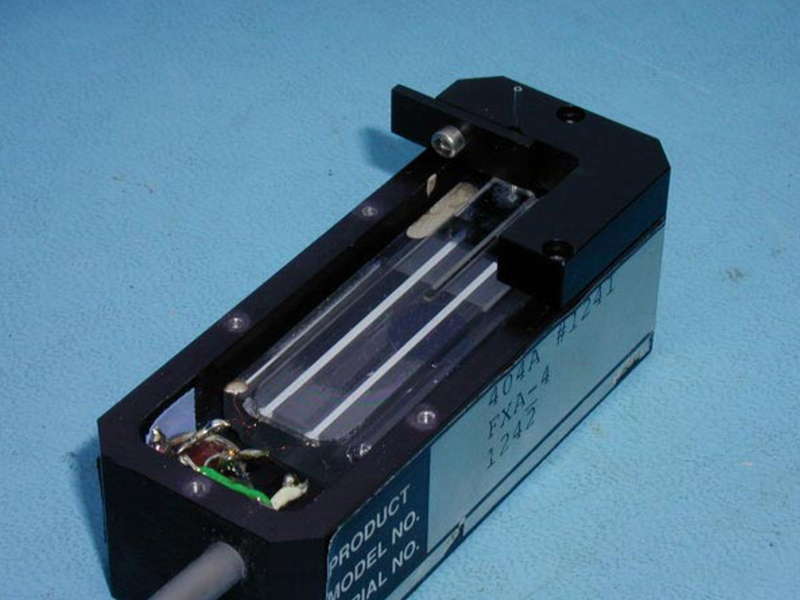Best of 2025: Pushing Scientific Boundaries
Continuing our annual end-of-year tradition, this year’s final publication review spotlights the standout studies that captured the imagination of the field, pushing the boundaries of sensory ...
Best of 2023: Across Countries and Applications
2023 has proved to be a particularly fruitful year for scientific discovery, with a multitude of pioneering studies spanning continents and disciplines. From the intricate workings of muscle ...
Renewed Interests: Harnessing Engineered Constructs to Explore Novel Strategies in Regenerative Medicine
Tissue engineering is at the forefront of regenerative medicine, offering immense promise for restoring or enhancing the function of impaired tissues and organs. While tissue constructs remain costly ...
Unique and Interesting Animal Models
At Aurora Scientific, we provide instrumentation to help assess muscle biomechanics in a variety of animal models from flies to octopuses, and highlight some recent examples in this publication ...
Best of 2021: Material Science
This publication review summarizes some of the best recent articles that fall under our Material Science ...
How to calibrate an Aurora Scientific High Speed Length Controller using HVSL
Our 315D & 322D models of High-Speed Length Controllers are routinely used by researchers studying small tissue samples such
Measuring the Mechanical Properties of Engineered Tissue Constructs
Tissue engineering is an important field of regenerative medicine for tissue repair after damage caused by
Tips and Tricks for Troubleshooting the 300C Dual-Mode Muscle Levers
Here we will cover some of the more common issues that researchers encounter when using our Dual-Mode Lever System. If
Cell Deformation and Mechanical Force Stimulation to Study Cellular Structure and Function
Cells are constantly experiencing mechanical forces, whether from the external environment, cells around them, or internal physiological changes. These
Microcapsule Stability and Permeability; Evaluating Mechanical Properties to Improve an Essential Technology
Microencapsulation has an extensive array of applications that can improve the stability of active chemicals and provide controlled release
Actuator Design and Testing for Dynamic Applications
For researchers interested in the design and fabrication of actuators, performance assessment is a primary concern. How does the
Staff Picks – TOP Publications of 2019…
As always, the entire team at Aurora Scientific has enjoyed reading and learning this year about the fantastic research
Sometimes two is better than one…
Muscle levers and force transducers have long been critical research tools for measuring the mechanical and functional properties of
How to Calibrate Your Dual-Mode Lever System Using DMC
This blog is intended to navigate you through the process of calibrating your 300C Dual-Mode Muscle Lever Series using Dynamic
Beyond a Force Transducer: 300C Capabilities
Are you familiar with our 300C Dual-Mode Muscle Lever series, the center piece of our 1200A/1205A Isolated Muscle Systems and 1300A/1305A
Performing a Tube Repair of an ASI 400A Force Transducer
The procedure for replacing a broken output tube involves removing the broken tube and the glue used to hold


